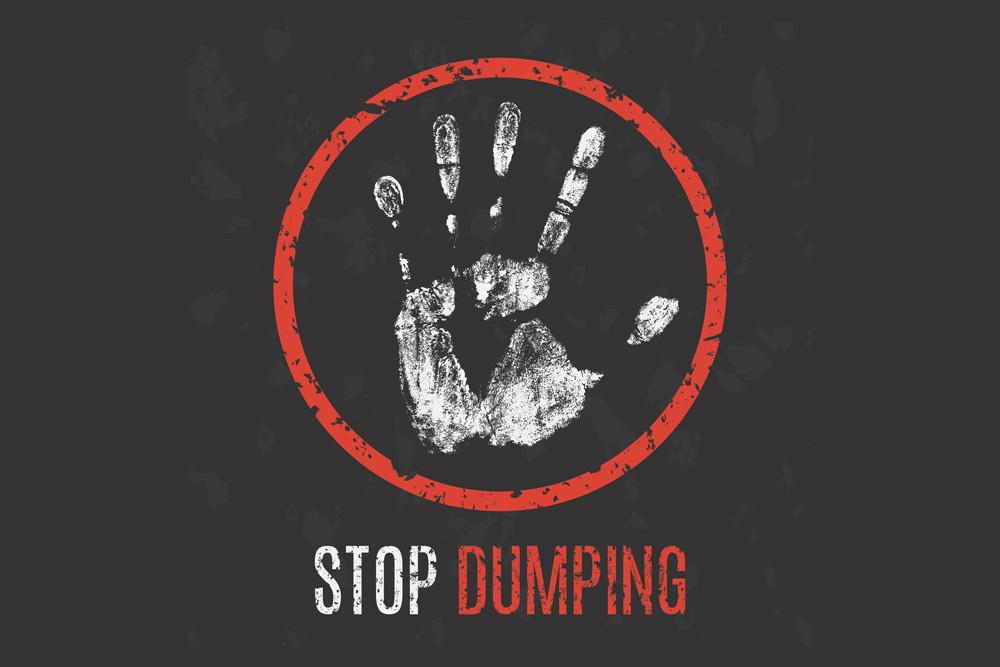
The Covid 19 outbreak has hit almost every sector of Nepal’s economy, impacting up to 0.13% of the GDP and rendering up to 15,880 people jobless. The Central Bureau of Statistic has estimated that Nepal’s economic growth in FY 2020/21 will be 2.27% down from government’s projected 8.5% target.
One of the deadliest hit sectors of the economy are the Small and Medium Enterprises. The Industrial Enterprise Act 2019 defines SME’s as (i) Small enterprises as business as having fixed capital up to Rs 150 million and (ii) Medium enterprises as businesses having fixed capital between Rs 150 million and Rs 500 million. As per the Nepal Economic Forum, there were 275,433 SMEs registered by the end of fiscal year 2074/75. SMEs have contributed to around 22% of the GDP and generated employment to 17 lakh Nepalis.
As part of the economic crisis, there are foreseeable difficulties for SMEs due to shortage of funding and credit but also because of the poor financial performance of SMEs. Considering this, the Nepal Rastra Bank (NRB) in its monetary relief had announced that SMEs affected by Covid 19 will be prioritised for refinancing facility.
Refinancing is a facility provided by NRB to banks and financial institutions (BFIs) under which such institutions may avail of funds at a certain interest rate. NRB introduced the refinancing facility to channelise loans to priority sectors at an interest rate lower than the prevailing market rate. For SMEs therefore, the refinancing facility allows them to obtain further loan from the same collateral from BFIs at an interest rate lower than the prevailing market rate. To this end, the NRB has also introduced Refinancing Procedure, 2020.
Categorisation of the refinancing facility
As per the Procedure, the refinancing facility is being provided in three categories (i) small, micro and cottage enterprises (ii) special refinance loan and (iii) general refinance loan. For the purpose of small, micro and cottage enterprises, NRB will provide finance to BFIs at 2% while the intermediary will provide loan at 5% interest. Similarly, in case of special refinance loan, NRB will provide loan at 1% while the intermediary BFIs will provide it to the beneficiaries at 3%. In case of general refinance loan, BFIs are financed at 3% while they provide loan at 5%.Basis for providing refinancing facility
For obtaining the facility, the qualified enterprise must make an application to the BFIs along with the documents as prescribed in the Procedure. The BFIs will verify the financial statements, the Debt to Equity, and whether the credit is justified and the enterprises making an application would make contribution to the economy.Exclusion of certain enterprises from the refinancing facility
Businesses and industries involved in the production and distribution of cigarette, cigar, tobacco and liquor cannot avail the refinancing facility. Overdraft, margin lending, auto loan, real estate loan, social loan and other loans for individual purposes are also exempted from the facility. Likewise, borrowers enjoying concessional loan will also not get the refinancing facility. Currently 85% of SMEs have taken loans from BFIs. The current refinance fund is limited at 100 million which was reduced from 500 million, however, the Procedure provides that size of refinance fund shall be as prescribed by Board of Directors. Given the number of SMEs, this will neither help the economy nor contribute to the development of the SMEs in financial crunch. In fact, this will potentially complicate current market structure by increasing lobbying for access to funds and nepotism as all SMEs will not get refinancing facility due to the lack of funds. There is no doubt that the refinancing fund must be increased for it to be effective. The question remains up to how much should it be increased. It is believed that the size of refinancing fund must be equivalent to 10% of total lending by banking sector which is Rs 200 billion which makes 2 billion as the minimum size of refinancing fund. It is pertinent to note however that refinancing alone is not enough. It is only a short-term measure and may not yield the desired results. In order to uplift the SMEs in the pandemic, NRB should inter alia come up with monetary policy with zero rate loans with no payments for at least one year for SMEs impacted by Covid 19. If NRB considers this measure as unattainable, it should relax the strict bad loan guidelines on the classification of Non-Performing Assets for at least a year to let SMEs recover. This would help reduce the repo rate and cash reserve ratio to increase the liquidity in the market. In conclusion, NRB needs to think of a holistic economic package for sustaining the economy, and not piece meal strategies that will not be helpful in the long run.
Published Date: September 16, 2020, 12:00 am
Post Comment
E-Magazine
RELATED Legal Eagle





